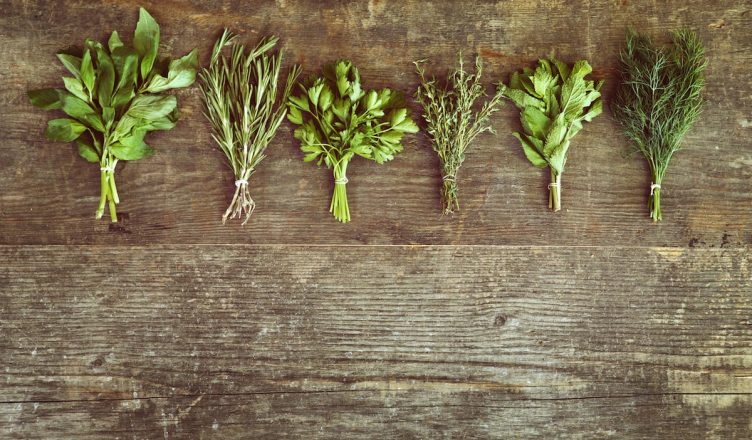North America is rich in wild medicinal plants that you can harvest for profit. These herbs are used in Native American Medicine to treat a variety of ailments, from lung infections to fever. Since they grow in the wild, harvesting them won’t cost you anything. (h/t PreppersWill.com)
How to harvest wild herbs
You need to pick wild herbs that are easy to find so you have ready access to them come harvest season. Take a look at the following wild medicinal plants:
Goldenseal
Goldenseal (Hydrastis canadensis) is a perennial herb commonly used in Native American Medicine to treat skin disorders, digestive problems, liver conditions, diarrhea and eye irritation.
This plant is found in large stands in hardwood forests throughout the eastern United States. While harvesting goldenseal is not prohibited in most states, collecting from federal or state lands may require a permit that puts a limit on your total harvest.
The biggest and healthiest plants thrive in moist, wet areas under heavy shade. The most valuable plants are aged four to five years. At this stage, leaves mostly appear in pairs and are alternately forked along the stem one above the other.
The best prices are paid for premium fall-dug root, though goldenseal can be harvested earlier than this. Waiting until fall gives the plant’s fruit time to ripen and drop its seed.
Goldenseal has a connected root system that supports several stems. A garden trowel is all you need to dig the shallow roots. Start at a patch’s outer edge and work your way inward, then dig up large, mature plants and leave immature ones.
Mayapple
Also known as mandrake, mayapple (Podophyllum peltatum) is a perennial herb native to eastern North America. Its fleshy underground stem contains anti-cancer compounds and is said to be a treatment for genital warts.
Mayapple emerges in early spring in Massachusetts, Florida and as far west as Oklahoma and Texas. It grows best in open woodland and shaded fields and can be found near a stream or wetland.
The plant forms a fruit that ripens in summer shortly after flowering. Its roots should be dug after the fruit ripens around late June until early July, depending on the region. Dig two to three inches deep near the stem using a garden trenching tool. Once the first root is lifted, it will be easy to gather more since the plant’s roots grow close together. (Related: Medicinal wildflowers to harvest when hiking.)
Bloodroot
Bloodroot (Sanguinaria canadensis) is a perennial herb that grows in Canada, Florida, Alabama, Arkansas and Nebraska. It is used to treat lung infections, skin ailments like acne, and gum diseases, among other things.
Bloodroot grows to about nine inches and thrives in rich woodland soil in partial shade. In late spring, it produces seed pods that ripen from late summer to early fall. You can dig the plant’s roots after the pods ripen because the plant will die soon after that.
The roots of bloodroot are buried only two to four inches beneath the soil’s surface so they should be easy to collect. Use a garden trowel and wear latex or rubber gloves when digging because the plant’s juice can stain your hands.

Boneset
Also known as blackwort, boneset (Eupatorium perfoliatum) is a perennial herb that thrives in wetland and swampy areas in Canada, Florida, the Dakotas, Nebraska and Texas. Its leaves are commonly brewed to make tea for fever and were once used to wrap broken bones with to promote their healing.
Boneset is easy to harvest since you only need to collect its leaves and stems. Harvest the plant from August through October before the first frost hits. Foggy mornings are the ideal time to cut boneset because sun exposure can cause cuttings to wilt and turn black.
Use handheld pruners to snip the plant’s stem a couple of inches above ground. You can collect boneset in loose bundles and spread your harvest in the back of your truck or wagon on the way home. Cover to prevent exposure to the sun. (Related: These incredible plants were used by Native Americans to cure illness.)
All of these wild medicinal plants need to be dried before they can be sold. Make a simple drying rack at home for your harvest. Ideally, herbs should be sold as soon as they are dry, but you can also store them in large closed cardboard boxes in a dark, dry place.
source : Virgilio Marin



